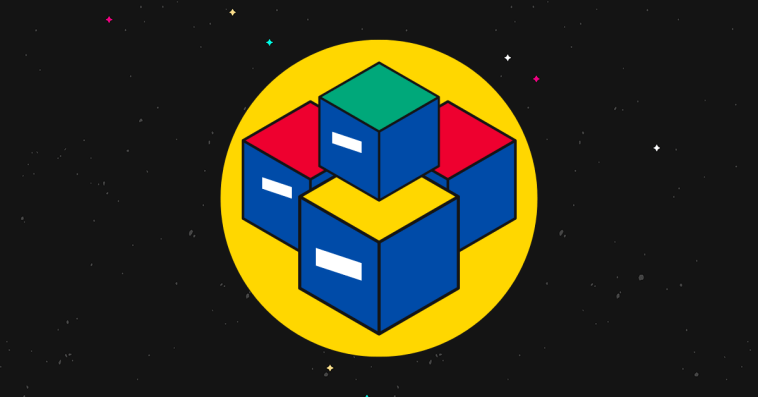Introduction.
Starting a dropshipping business might feel like an overwhelming task, especially if you’re new to the world of e-commerce.
But the truth is, with the right knowledge and strategies, dropshipping can be an incredibly rewarding venture. It’s flexible, requires relatively low upfront investment, and gives you the freedom to run your business from anywhere with an internet connection.
But what exactly does it mean to be successful in dropshipping? For many, it’s more than just making sales; it’s about generating consistent profit, building a brand that customers trust, and having systems in place to manage and grow your business efficiently.
So, whether you’re exploring the idea of dropshipping or you’ve already dipped your toes into the water, understanding what drives success is crucial.
Let’s break down how to set yourself up for success in the dropshipping business, including everything from choosing the right products and suppliers to optimizing your marketing strategies.
We’ll explore some of the benefits and downsides, clear up common questions you might have, and finish off with some thought-provoking advice that should get you thinking about your next steps.
Understanding Dropshipping
In case you’re still brushing up on the basics, dropshipping is an e-commerce business model where you sell products online without having to stock inventory or handle the shipping yourself.
Instead, when a customer makes a purchase, you place an order with your supplier, who then ships the product directly to the customer. Simple, right?
What makes dropshipping appealing to entrepreneurs is that it’s relatively easy to start compared to traditional retail businesses. However, that doesn’t mean it’s effortless or a guaranteed moneymaker.
Like any business, dropshipping comes with challenges that you’ll need to navigate. Let’s get into some of the core factors that determine success.
How Can I Be Successful in Dropshipping?
1. Choose the Right Niche.
Picking the right niche can make or break your dropshipping business.
This means narrowing down your product focus to a specific category that isn’t oversaturated and has strong market demand. Ideally, you want to balance having a niche that’s popular enough to generate sales, but not so competitive that you’re overshadowed by massive companies.
Tips for Choosing a Niche:
- Research Trends: Use tools like Google Trends to see what’s popular.
- Analyze Your Competitors: Look at what other dropshipping businesses are doing and identify gaps you can fill.
- Consider Your Interests: You’ll be more committed if you’re genuinely interested in the products you sell.
Pros: Less risk of overwhelming competition, and you can target a specific customer base effectively.
Cons: Niches with lower competition may have lower demand, and trends can fade quickly.
2. Find Reliable Suppliers.
Your supplier is your business partner, and a bad one can lead to late shipments, poor product quality, and unhappy customers.
Websites like AliExpress, Spocket, or CJ Dropshipping are popular choices, but it’s crucial to do your homework before committing.
What to Look For:
- Good Reviews and Ratings: Check feedback from other sellers.
- Fast Shipping Times: Customers don’t want to wait weeks for an item.
- Product Quality: Order samples to ensure products match their descriptions.
Pros: Partnering with the right suppliers can streamline your business.
Cons: Unreliable suppliers can harm your brand’s reputation and lead to customer service headaches.
3. Optimize Your Website for Conversions.
Your website is often the first impression customers have of your business. Make it count by ensuring your store is easy to navigate, visually appealing, and optimized for conversions. Trust signals, such as customer reviews, return policies, and secure payment options, are essential.
Essential Elements to Consider:
- Mobile Optimization: Since a significant portion of traffic comes from mobile devices, your website should be mobile-friendly.
- High-Quality Images and Descriptions: Make your product pages engaging and informative.
- Simplified Checkout Process: The fewer steps, the better.
Pros: A well-optimized site can increase sales and improve customer trust.
Cons: It takes time and effort to get everything just right.
4. Master Your Marketing Strategy.
Driving traffic to your dropshipping store is probably one of the most challenging aspects of the business. You can’t just set up a store and hope people find it on their own. Effective marketing—whether through paid ads, content marketing, or social media—is critical.
Popular Marketing Methods:
- Facebook and Instagram Ads: Great for targeting specific demographics but require a budget and continuous testing.
- Influencer Marketing: Collaborate with influencers to reach a broader audience.
- Content Marketing and SEO: Writing blogs and optimizing your store for search engines can drive organic traffic over time.
Pros: Strategic marketing can rapidly scale your business.
Cons: Ads can be expensive and might not always guarantee sales, and SEO requires patience.
5. Focus on Customer Service.
Great customer service can differentiate your dropshipping business from the competition. Responding quickly to inquiries, handling returns efficiently, and communicating shipping updates go a long way in building a loyal customer base.
Customer Service Tips:
- Live Chat Support: Make it easy for visitors to get immediate assistance.
- Clear Policies: Your return and refund policies should be easy to understand.
- Follow-Up Emails: Engage customers even after they make a purchase.
Pros: Happy customers lead to repeat business and positive reviews.
Cons: Managing customer service can be time-consuming, especially as you scale.
The Pros and Cons of Dropshipping
While dropshipping can be an incredible business model, it’s not without its drawbacks. Here’s a balanced view of what to expect:
Pros
- Low Startup Costs: You don’t need to invest thousands in inventory upfront.
- Flexibility: You can run your business from anywhere with internet access.
- Wide Product Selection: You can offer a vast array of products without worrying about storage.
Cons
- Tight Profit Margins: Because of high competition and supplier costs, your margins may be slim.
- Supplier Issues: You’re reliant on suppliers for timely and accurate shipping.
- High Competition: Many niches are oversaturated, making it hard to stand out.
Frequently Asked Questions About Dropshipping
1. How Much Money Do I Need To Start Dropshipping?
Starting dropshipping can cost as little as $100 for a basic store setup, but it’s recommended to have at least $500 to $1,000 to cover expenses like marketing and apps.
2. Is Dropshipping Profitable in 2024?
Yes, but it’s competitive. Success depends on picking the right products and having a solid marketing plan.
3. How Do I Handle Returns and Refunds?
You’ll usually need to negotiate return policies with your suppliers. Communicate clearly with your customers and always offer solutions that prioritize their satisfaction.
4. Do I Need an LLC to Start?
It’s not required initially, but forming an LLC can protect your personal assets as your business grows.
Conclusion
Dropshipping can be a fantastic way to start an online business, but it’s not a shortcut to easy money. It requires research, strategic planning, and consistent effort. The good news is, if you’re willing to put in the work, the potential for success is real.
Now that you have a clearer idea of what it takes to be successful, what’s your next step? Do you feel ready to launch your store, or are there specific challenges you still need to address? I’d love to hear your thoughts and questions—drop them in the comments below!
What do you think is the biggest obstacle to achieving dropshipping success?





GIPHY App Key not set. Please check settings